Abastenia St. Leger Eberle
Hide and Seek Bookends
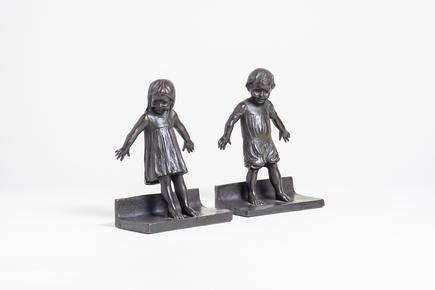
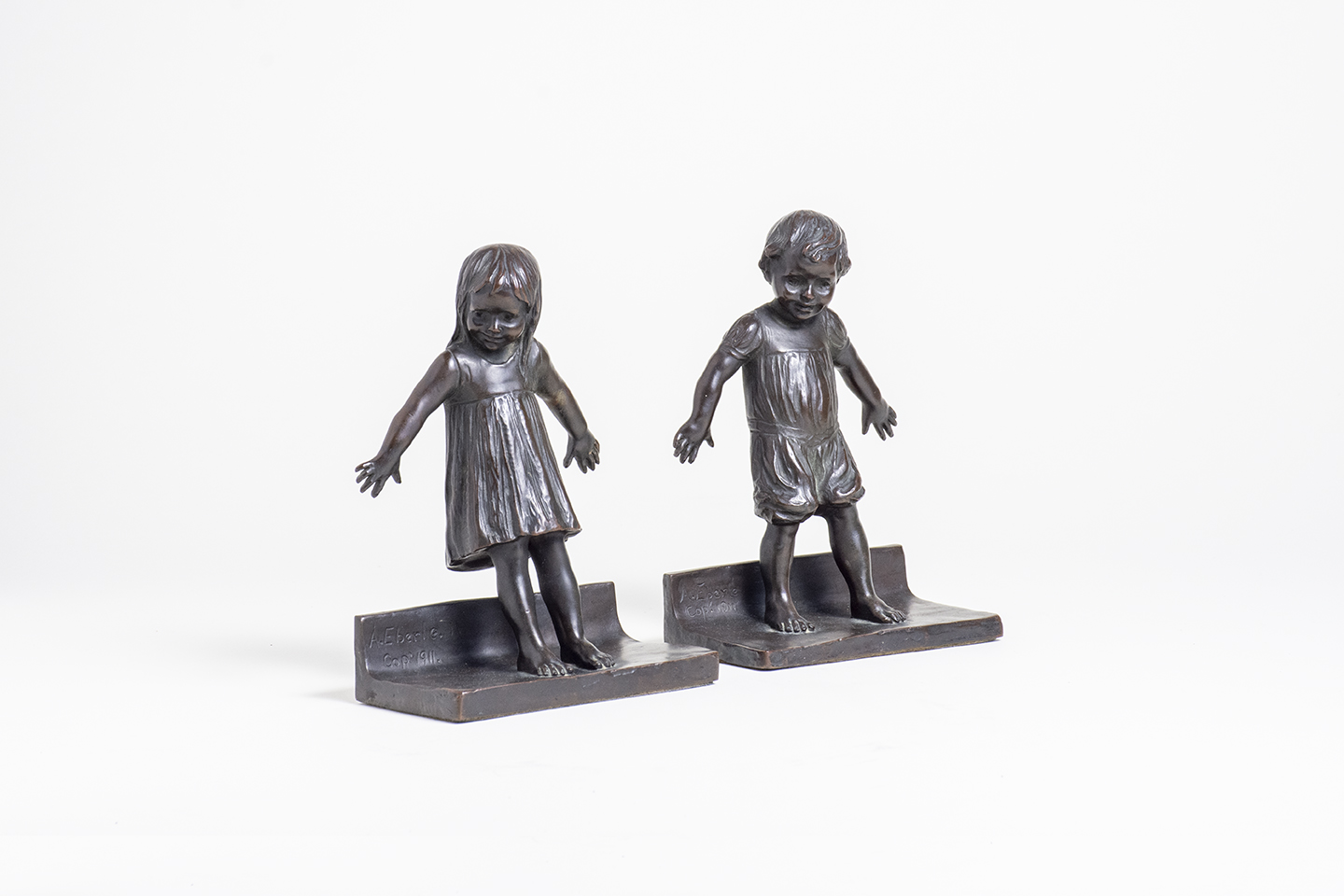
Each figure:
Height: 6 ¾ inches
Width: 4 ½ inches
Depth: 2 ¾ inches
The Hide and Seek Bookends are a well-known work by American sculptor Abastenia St. Leger Eberle, an artist known for her sensitive depictions of the daily lives of women and children living in the Lower East Side at the turn of the 20th century. Trained at the Art Students League in New York, Eberle was admitted to the National Sculpture Society in 1906, one of only seven women admitted to the group at the time, and in 1920 became a member of the National Academy of Design.
These playful bookends depict a young boy and girl playing hide and seek, each sculpted with their back positioned so as to lay flat against the standing books, their splayed hands and furtive expressions furthering the illusion that they are pressed up against a wall, hiding from the other, prepared to spring away at any moment.
Eberle’s work can be seen as a sculptural counterpoint to the realism found in the paintings of the Ashcan school. Like “The Eight,” she was represented by Macbeth Gallery, an important New York gallery specializing in American artists who captured the unvarnished realities of modern American life. Eberle also sold pieces through Theodore B. Starr and Gorham Galleries (this particular pair bear the stamp of retailer Theodore B. Starr).
In a letter to William Macbeth, Eberle noted that eighty-three examples of these bookends had been sold and that she had “never [seen] anything like the way they sell” and hoped that they would continue to do so.
These bookends were cast by the Griffoul Foundry in Newark, N.J.
References:
J. Conner and J. Rosenkranz, Rediscoveries in American Sculpture: Studio Works 1893-1939, Houston, Texas, 1989, p. 30.
L.R. Noun, Abastenia St. Leger Eberle: Sculptor (1878-1942), Des Moines, Iowa, 1980, no. 15.
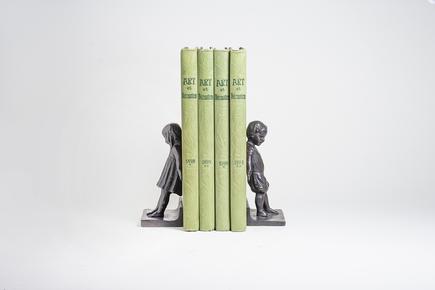
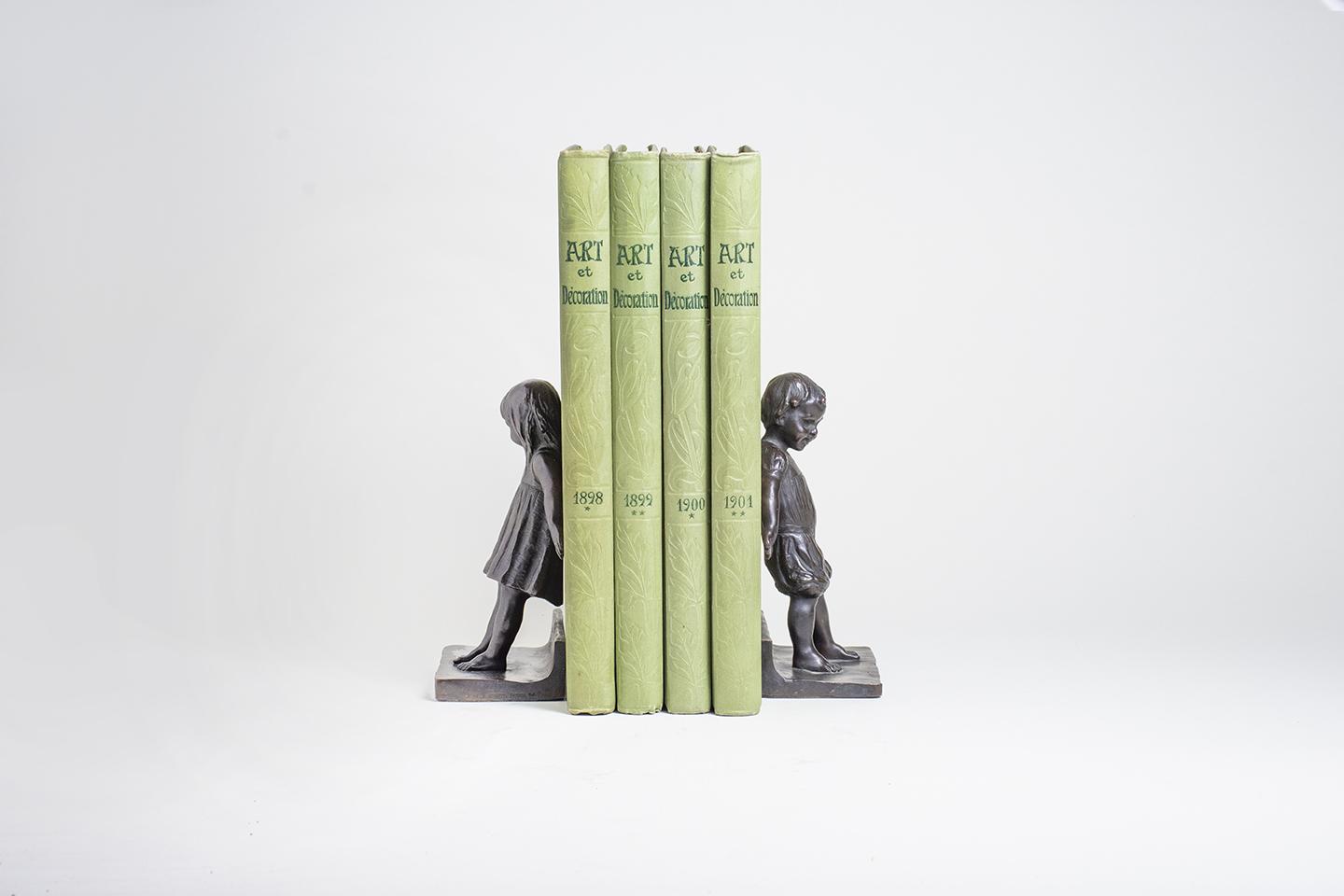
Each figure:
Height: 6 ¾ inches
Width: 4 ½ inches
Depth: 2 ¾ inches
The Hide and Seek Bookends are a well-known work by American sculptor Abastenia St. Leger Eberle, an artist known for her sensitive depictions of the daily lives of women and children living in the Lower East Side at the turn of the 20th century. Trained at the Art Students League in New York, Eberle was admitted to the National Sculpture Society in 1906, one of only seven women admitted to the group at the time, and in 1920 became a member of the National Academy of Design.
These playful bookends depict a young boy and girl playing hide and seek, each sculpted with their back positioned so as to lay flat against the standing books, their splayed hands and furtive expressions furthering the illusion that they are pressed up against a wall, hiding from the other, prepared to spring away at any moment.
Eberle’s work can be seen as a sculptural counterpoint to the realism found in the paintings of the Ashcan school. Like “The Eight,” she was represented by Macbeth Gallery, an important New York gallery specializing in American artists who captured the unvarnished realities of modern American life. Eberle also sold pieces through Theodore B. Starr and Gorham Galleries (this particular pair bear the stamp of retailer Theodore B. Starr).
In a letter to William Macbeth, Eberle noted that eighty-three examples of these bookends had been sold and that she had “never [seen] anything like the way they sell” and hoped that they would continue to do so.
These bookends were cast by the Griffoul Foundry in Newark, N.J.
References:
J. Conner and J. Rosenkranz, Rediscoveries in American Sculpture: Studio Works 1893-1939, Houston, Texas, 1989, p. 30.
L.R. Noun, Abastenia St. Leger Eberle: Sculptor (1878-1942), Des Moines, Iowa, 1980, no. 15.
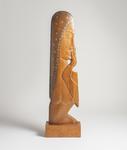 Robert Laurent
Robert Laurent 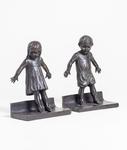 Abastenia St. Leger Eberle
Abastenia St. Leger Eberle 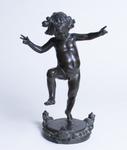 Janet Scudder
Janet Scudder 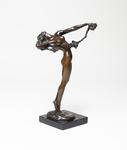 Harriet Frishmuth
Harriet Frishmuth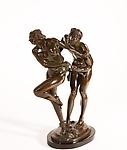 Harriet Frishmuth
Harriet Frishmuth